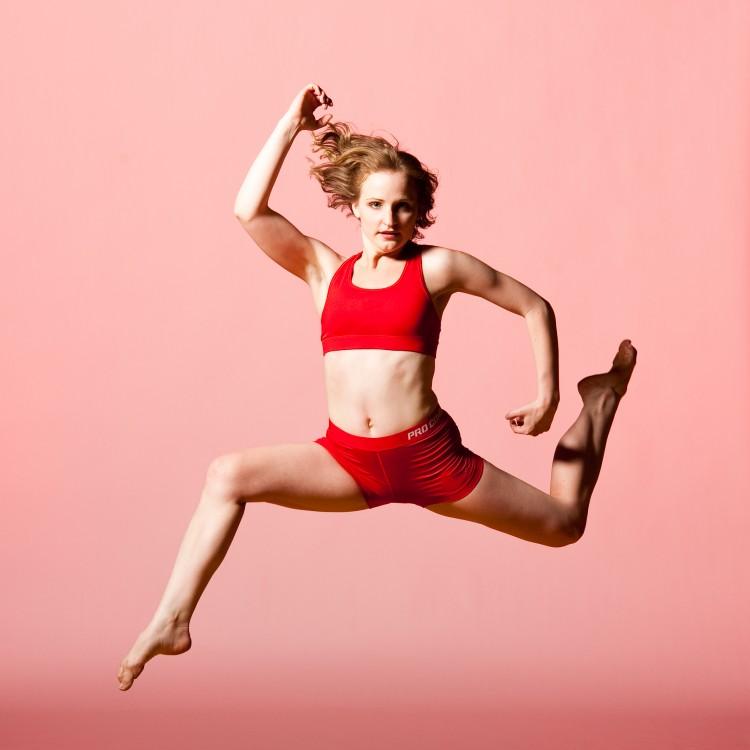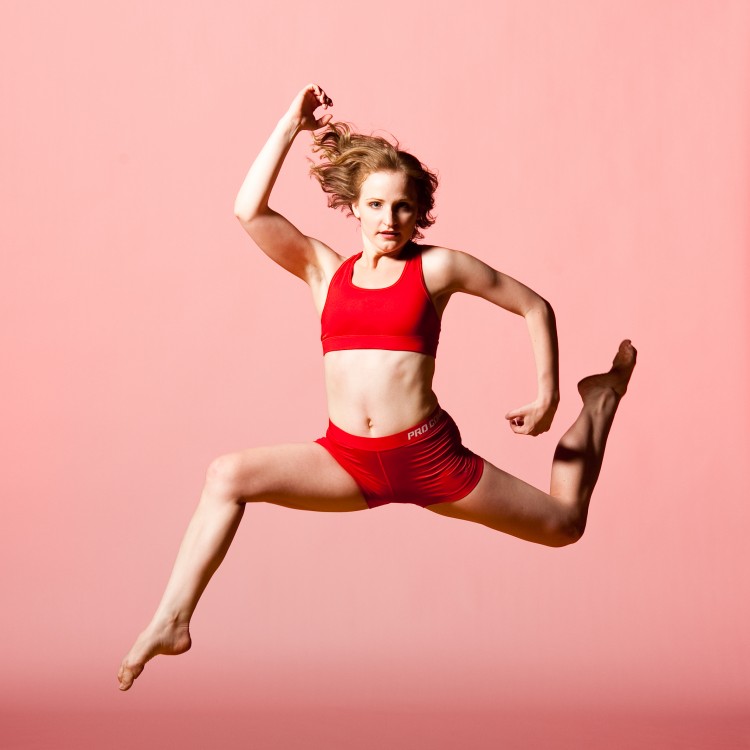Seeing the color red makes your muscle reactions faster and stronger, according to a study published in a recent issue of the journal Emotion.
“From an applied perspective, our research shows that viewing red enhances strength output on simple motor tasks of a brief duration,” write psychologists Andrew Elliot at the University of Rochester, and Henk Aars at Utrecht University, in their paper.
The pair studied the effects of seeing red on the strength and speed of gripping actions in two experiments. Firstly, 30 students were each given a number written in red or gray crayon on white paper. They read their numbers aloud before pinching open a metal clasp.
In the second experiment, 46 undergraduates had to squeeze a handgrip as hard as possible upon seeing the word “squeeze” appear on a computer screen, displayed on a red, blue, or gray background.
The researchers found that the students who saw red numbers exerted more force in the fingergrip experiment. Likewise, the participants who saw the red background squeezed harder than those who saw blue or gray ones. Furthermore, they reacted more quickly to the appearance of the word when it was on a red background.
“Red enhances our physical reactions because it is seen as a danger cue,” said Elliot in a press release.
This suggests that “red may be beneficial for activities like athletic events requiring short bursts of brute force” including weight-lifting, according to the paper.
The authors note that “threat also evokes worry, task distraction, and self-preoccupation, all of which have been shown to tax mental resources and interfere with effective self-regulation.”
Indeed, previous studies have shown that athletes competing against red-clad opponents are more likely to lose, and students taking IQ tests more likely to receive lower scores after seeing red.
“Color affects us in many ways depending on the context,” said Elliot. “Those color effects fly under our awareness radar.”
Seeing Red Boosts Short-Term Reactions
Seeing the color red makes your muscle reactions faster and stronger, according to a study published in a recent issue of the journal Emotion.

By Ginger Chan
6/2/2011
Updated: 10/1/2015






Friends Read Free